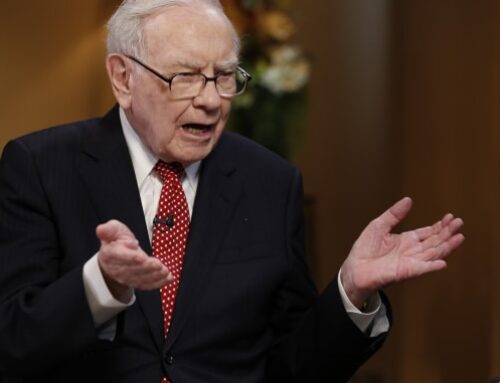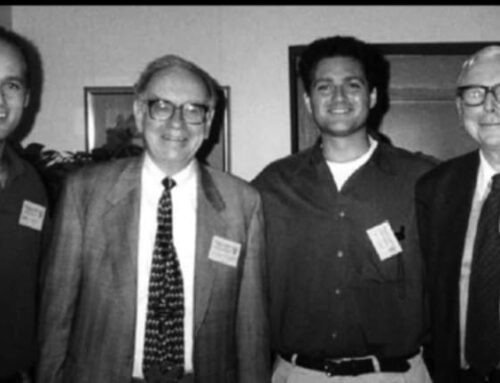People know him as an investor. But Now, warren Buffett is more or less a manager. So we can learn from him some management skills and how to run a large company at even the age of 90.
But what about his skills are not well known?
That is the story warren Buffett’s letters to partners tell, and the 1959 letter is also not an exception.
In the first two paragraphs, he mentioned what we all know today. ” Indices often do not show the real picture of the market.”
The Dow-Jones Industrial Average, undoubtedly the most widely used index of stock market behavior, presented a somewhat faulty picture in 1959. This index recorded an advance from 583 to 679, or 16.4% for the year. When the dividends which would have been received through ownership of the average are added, an overall gain of 19.9% indicated for 1959.
Despite this indication of a robust market, more stocks declined than advanced on the New York Stock Exchange during the year by a margin of 710 to 628. Both the Dow-Jones Railroad Average and Utility Average registered declines.
In the recession in 1958. But in 1959, the US economy grew with a 6.6% annual growth rate with a per capita income was $2,945. In 1958 it was -0.2% growth in GDP with $2,763. One famous blog, ‘Seeking Alpha,’ wrote a great blog post on it, 1959: The Year Economics Changed And Nobody Noticed, explaining it further.
In all such times, warren Buffett shines bright. So he writes to his partners, investors in ‘Hedge fund’ at that time.
We were fortunate to achieve reasonably good results in 1959. The six partnerships that operated throughout the year achieved overall net gains ranging from 22.3% to 30.0% and averaging about 25.9%. Portfolios of these partnerships are now about 80%comparable, but there is some difference due to securities and cash becoming available at varying times, payments made to partners, etc. Over the past few years, there hasn’t been any partnership which has consistently been at the top or bottom of performance from year to year, and the variance is narrowing as the portfolios tend to become comparable.
While doing this, we saw one new aspect—a teacher.
The overall net gain is determined on the basis of market values at the beginning and end of the year adjusted for payments made to partners or contributions received from them. It is not based on actual realized profits during the year, but is intended to measure the change in liquidating value for the year. It is before interest allowed to partners (where that is specified in the partnership agreement) and before any division of profit to the general partner, but after operating expenses.
The principal operating expense is the Nebraska Intangibles Tax which amounts to .4% of market value on practically all securities. Last year represented the first time that this tax had been effectively enforced and, of course penalized our results to the extent of .4%.
So yes. Warren Buffett has been teaching the whole community since then.
Today there is a term very famous. It is known as Skin in the game. In simple words, if you are the fund manager of one mutual fund, then you are supposed to invest in that fund or the stock in which you are supported. If you are not doing and investing in something different, then this is not right. I heard about one fund manager who manages billions of dollars but did not take any position in the same stocks.
Warren Buffett was never like that. Instead, he made it clear that he would make money from these partnerships.
In some last line, warren Buffett mentioned one thing I learned a problematic way.
When you study a company and find this is undervalued, invest a big chunk of money.
Warren Buffett ended this letter with one specific line. I think I also needed to end it with that,
Should you have any questions or if I have not been clear in any respect, I would be very happy to hear from you.



